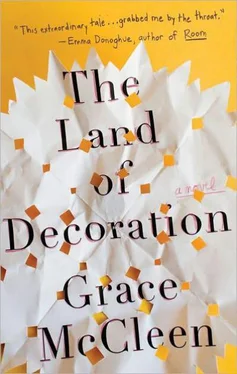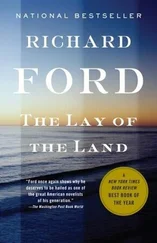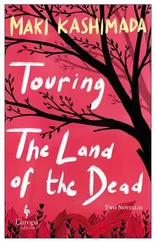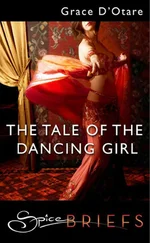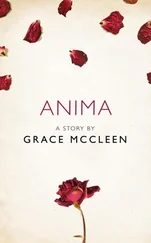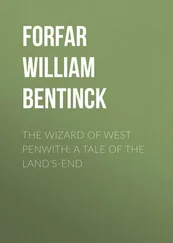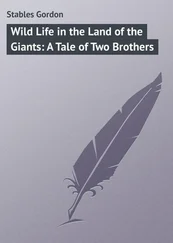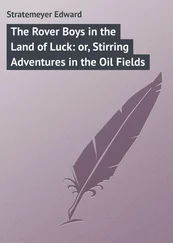She wrote the phrases up on the blackboard. “See if you can spot how many pictures this poem uses to describe the sun: It’s by Robert Louis Stevenson and it’s called ‘Winter-Time’:
Late lies the wintry sun a-bed
A frosty, fiery sleepy-head;
Blinks but an hour or two; and then,
A blood-red orange, sets again….
“So,” said Mrs. Pierce when she had finished reading, “did anyone spot the pictures?”
“Yes,” said Anna. “The sun in bed.”
“Good. And how does that help us understand what the poet is trying to say?”
“Because the sun gets up later in the winter,” said Anna.
“Good,” said Mrs. Pierce. “Yes. There’s less daylight. Anything else?”
“The sun is a blood orange,” said Matthew.
“Great,” said Mrs. Pierce. “And why is that applicable?”
“Because of the color.”
“Yes,” said Mrs. Pierce. “Have you noticed how much redder the sun can be in the winter? There are brighter sunsets too. Anything else?”
“The wind like pepper,” said Rhian.
“Yes,” said Mrs. Pierce. “Now, that’s strange. Why do you think the poet wrote that?”
“Because it hurts your nose in the cold?” Rhian said.
“Yes. Excellent,” said Mrs. Pierce. “I can see this class is full of budding poets! The wind also tickles sometimes too, have you noticed that? And I suppose the poet could even be referring to hail. Now do you see how the pictures make the poem richer, more interesting?”
“There’s the picture of his breath like frost,” said Stephen.
“Yes, the patterns his breath makes in the air are like the patterns the frost leaves.” Mrs. Pierce smiled. “There’s one more picture the poet uses to help us see more clearly.”
“The land frosted like a wedding cake,” said Luke.
“Excellent,” said Mrs. Pierce. “And how does that help us see more clearly what the poet is saying?”
“Because the snow is like icing sugar,” said Luke.
“Yes,” said Mrs. Pierce. “Or it could be frost. Sometimes frost is very heavy and as thick as snow.” She turned to the blackboard and wrote up each phrase. “Now”—she turned back to us—“does anyone know what those pictures the poet uses are called?”
She waited, then picked up a piece of chalk and turned back to the words on the board.
“Metaphor,” said Gemma. She looked at me and smiled.
“Well done!” said Mrs. Pierce. “Yes. Metaphor is when we talk about something as if it was something else. Can anyone give me another example of a metaphor?”
“A leap of faith,” I said. I looked at Gemma.
“Excellent!” said Mrs. Pierce. “Though that might be a little bit difficult to explain: Faith is believing in something. To say faith is like a leap is to say it’s like stepping into thin air, to leap from one place to another without getting hurt. Is that how you would describe it, Judith?”
I nodded.
“OK,” she said. “But in fact, going back to our poem, only four of the five ‘pictures’ Robert Louis Stevenson uses are metaphors; the last picture, the one where the poet compares the wintry landscape to an iced cake, is in fact a ‘simile.’” She wrote the word “simile” on the blackboard. “Can anyone see the difference between the metaphors and the simile?” said Mrs. Pierce.
I stared at the poem. I didn’t see what Mrs. Pierce was getting at. And then suddenly I did. I put up my hand.
“Yes, Judith.”
“The land is like a wedding cake,” I said. “It isn’t one.”
“Indeed,” said Mrs. Pierce. “Can you explain that to us, Judith?”
“The sun is in bed; it is a blood orange; the wind is pepper. But the land is only like a wedding cake.”
I felt Gemma’s eyes on me.
Mrs. Pierce’s cheeks were quite pink. “Did everyone get that?” she said. “A simile says something is ‘like’ something else. But a metaphor says something really ‘is’ the thing you are comparing it to. So, we have similes and metaphors, both pictures, both interesting ways of saying things. But”—and now her voice became quieter—“one is stronger than the other; one is much more powerful. Which one do you think it is?” She raised her eyebrows encouragingly. “Don’t worry, I wouldn’t expect you to know this.”
Was one more powerful? I wondered. The similes and the metaphors seemed to be the same. But I looked again and there was something about the line that said the sun was a blood orange that was missing from the line that said it was like a wedding cake. And then I knew why: It didn’t sound as good.
Mrs. Pierce beamed when she saw my hand. She said: “Yes, Judith.”
“The metaphor is stronger,” I said.
“Why do you say that?”
I flushed. Now I looked stupid, as if I had guessed. I hadn’t; I just couldn’t explain why I knew for certain.
I could feel Gemma looking at me. Neil too. But it was no use; I couldn’t explain. Mrs. Pierce turned back to the board.
“There’s a clue in the word. ‘Metaphor’ is made up of two Greek words: meta, which means ‘between,’ and phero, meaning ‘to carry.’ So metaphors carry meaning from one word to another.”
And then I remembered something someone had said: that it wasn’t enough to imagine what the new world would be like, we had to be there. It was Brother Michaels. He said faith could do that for us. “Because we’re there,” I said suddenly, without putting my hand up. Everyone turned to look at me. I flushed. “I mean, it’s there. I mean—it’s not side by side.” My cheeks were hot. “Metaphor isn’t imagining, it’s the thing itself.”
Mrs. Pierce’s eyes were so sharp they should have hurt, but they didn’t. They were like a current of electricity passing from her to me, and the current flared and warmed me.
“Yes,” she said at last. “The words aren’t talking about something; they become the thing itself.” She put down the chalk, and we looked at each other for a moment, and it was as if I was flying. Then the moment passed and she dusted off her hands and said: “Right, class, I’d like you to write poems using metaphor.”
* * *
LATER THAT MORNING, while Mrs. Pierce was organizing the stationery cupboard, a ball of paper landed beside Gemma’s elbow. I didn’t know how the paper had got there, but I saw Gemma’s hand close over it. She kept the paper underneath her hand for a minute, then unrolled it. She giggled and drew something, rolled it up again, and flicked it to Neil Lewis. Neil opened it and grinned. He passed the paper to Lee, and Lee’s shoulders shook. Lee passed it to Gareth.
Mrs. Pierce looked up. She said: “Is something funny? If there is, I am sure the whole class would like to hear it.”
Everything was quiet for a minute or two, then the paper shot back to our table. This time Gemma squeaked she was trying so hard not to laugh. She wrote something, rolled it up, and flicked it back to Neil. Neil then wrote something and flicked it back. Gemma slapped her hand down on the paper too loudly and Mrs. Pierce put her hands on her hips. She said: “Whatever is going on over there had better stop!”
Nothing happened for four whole minutes. Then Neil flicked the paper to Gemma. The paper shot wide and landed by my feet.
Mrs. Pierce put down the tubes of paint she was holding. She said: “Pick up that piece of paper. Yes, you, Judith! Read it out please.”
I picked up the paper and unrolled it. What I saw didn’t make sense. At the top was the word “METAPHOR.” Beneath it was a picture of a girl kneeling in front of a man. Something was coming out of the man’s trousers. It looked like a snake. A wave of heat passed over me and after the wave sickness. At the bottom of the picture there were four words. One of them was my name.
Читать дальше
